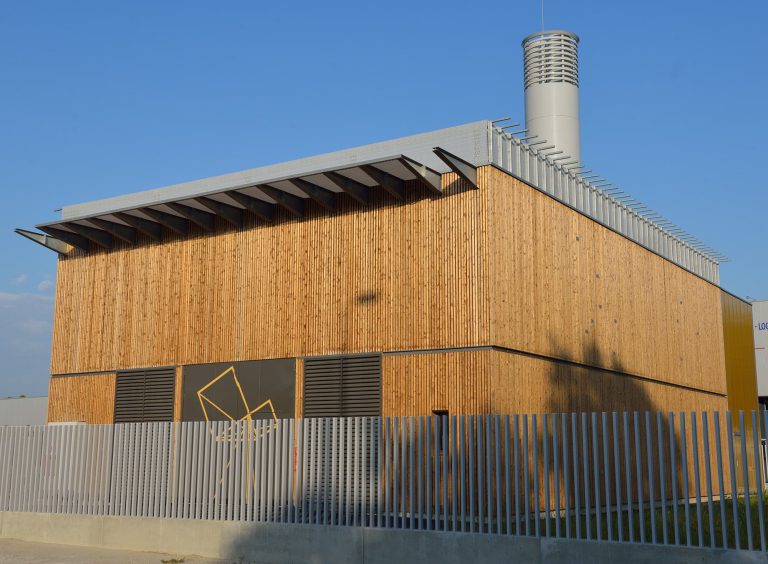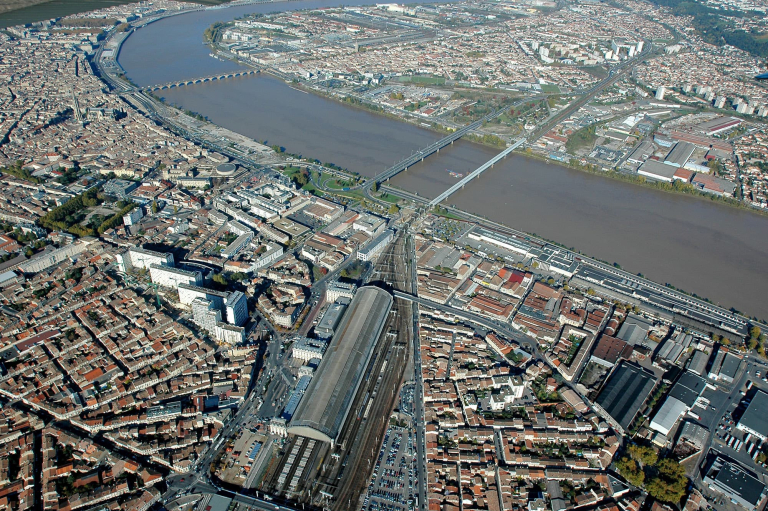- Réseau de chaleur et de froid
An eco-district in Saint-Jean Belcier supplied by a heating network: Idex rises to the energy challenge
As part of our ongoing commitment to building sustainable cities, we took up the challenge set by the Greater Bordeaux area and the EPA public development agency of Bordeaux Euratlantique. The project involved supplying energy for 570,000 m2 of new-build low-energy buildings and connecting 11,000 existing homes to a heating network that draws 90% of its energy from the household waste-to-energy plant, managed by Astria.
A heating network to limit greenhouse gas emissions
Greenhouse gases (GHGs) contribute to the greenhouse effect and also to global warming through an increase in concentration levels. In response, Greater Bordeaux and the EPA public development agency decided to combat emissions by creating an eco-district supplied by a district heating network.
We suggested a local energy solution, with 90% of the heat used by the network coming from the household waste incineration plant (UIOM ASTRIA) in Bègles. Greater Bordeaux’s waste treatment and recovery plant is at the centre of the network.
To ensure continuity of service during maintenance periods at the incineration plant, a gas-fired boiler plant was built at the wholesale food market (Marché d’Intérêt National) of Bordeaux Brienne.

How do heating networks work?
Production units generate heat that is fed into the buildings in the form of hot water or steam through interconnected underground pipes.
Heating networks...
...are made up of three main components:
- The boiler plant: a centralised heat production system whose characteristics can vary considerably, depending on the power rating and energy used: natural gas, biomass, geothermal energy, etc.
- Pipes, to carry the heat-transfer fluid (water or steam) and thermal energy.
- Substations, or the heat exchangers providing the heat delivery points. A substation can be associated with a single building or with a group of buildings managed by the same entity.
A heating network...
...and its main advantages:
- Better nuisance control,
- Improved energy efficiency,
- Use of renewable energy.
Unfortunately, they cannot be implemented everywhere.
They require high urban density, a specific spatial layout and the availability of local, renewable resources. In the case described here, the household waste incineration plant (UIOM) in Bègles functions as a real heating plant. A cooling solution is in place, using the waste heat produced by the plant. The power available for the heating network exceeds domestic hot water production requirements over the summer. As a result, the available waste heat can be used to produce cold during the summer through absorption cooling.
Learn more about heating and cooling networks
Key figures
90% renewable and recovered energy
27,000 equivalent dwelling units served
18 km network
15,000 tonnes of CO2 emissions avoided per year
